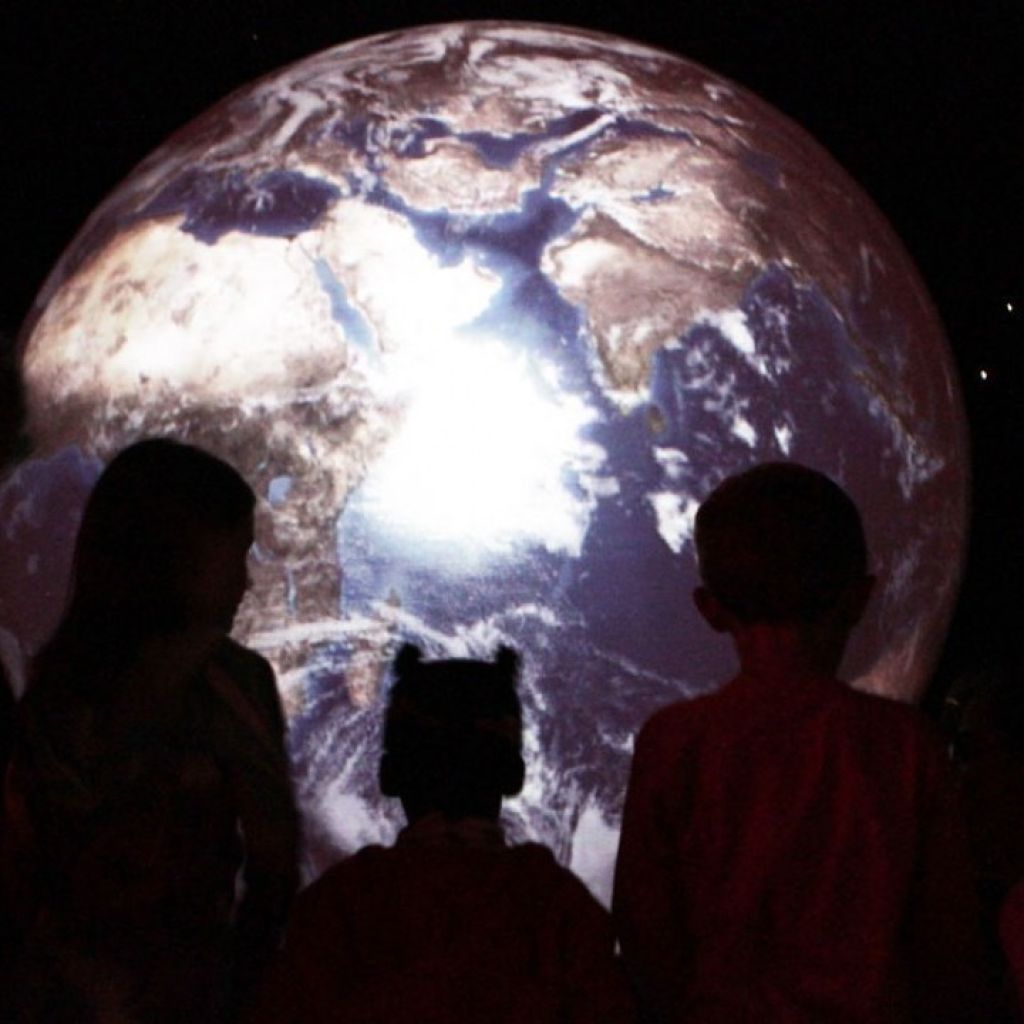Conserving water in the Cradle of Humankind

Conserving water resources is a major priority for the Maropeng Visitor Centre in the Cradle of Humankind, Gauteng’s only World Heritage Site. As it is part of one of the inland regions of the country, it does not receive as much rainfall as other areas. The dry climate of the inland regions means that available water often evaporates.
An article on the Mail and Guardian Online about COP17 in 2011 reports that, “Water and Environmental Affairs Minister Edna Molewa pointed out that the Intergovernmental Panel on Climate Change has warned that many African countries will begin to experience water scarcity by 2025.”
It is therefore important for South African businesses to review their operations and consider how they can conserve water. The government is also doing its bit by encouraging citizens to be more aware of water scarcity, through its National Water Week from March 5 to 11.
Technologies have been implemented at both Maropeng and the Sterkfontein Caves to make these tourist attractions more environmentally friendly.
The Maropeng Visitor Centre maintains its own constructed wetland system that is specially designed to assist in filtering and cleaning the site’s grey and black water.
At the Sterkfontein Caves, an ozone waste water purifications system was introduced at the beginning of 2011 to replace septic tanks and provide a far more eco-friendly solution to waste management in the area. This system uses ozone to accelerate the breaking down of solids by bacteria, and to sterilise water.
Maropeng Managing Director Tony Rubin says these new technologies have had a positive effect on the conservation of the Cradle of Humankind. “We no longer need to have the effluent removed from the septic tanks on a weekly basis,” he says. “This has affected cost savings, which may seem marginal, but over a 12-month period they have been significant.”
Installing different technology means trying something new, which has been a learning curve for Maropeng, says Rubin. “We have learned that there are many ways to treat effluent – the Biozone Technology installed at Sterkfontein is achieving results beyond our expectations.
“The wetlands at Maropeng operate efficiently and have brought new birdlife onto the property, which would otherwise not be present at Maropeng,” he says.
Grey and black water, through the purification process, is made potable for animals and is used to water grasslands at the Cradle of Humankind in dry periods.
Making this system work takes a sustained effort. “We continually check water consumption on the property and do not irrigate when there is rain,” says Rubin. “We are also looking at using the wetlands water for irrigation, but this is a long-term future project.”
Maropeng was recently awarded a gold certificate of membership by the Heritage Environmental Management Company for its commitment to sustainable business practices.
This certifies that Maropeng is a member of the Heritage Environmental Rating Programme and that it currently complies with the environmental performance standards associated with the programme’s gold classification. The environmental audit process Maropeng underwent to receive its gold certificate status is extensive – all operations are rated, from management systems to biodiversity management, purchasing and procurement.
Besides learning about the origins of humankind, it is hoped that a visit to Maropeng will motivate visitors to care for the environment. “By highlighting the eco-friendly work that is done at the Cradle of Humankind,” says Rubin, “we hope to inspire visitors to follow this example, and to encourage them to consider their carbon footprint and think of ways to conserve the environment.”